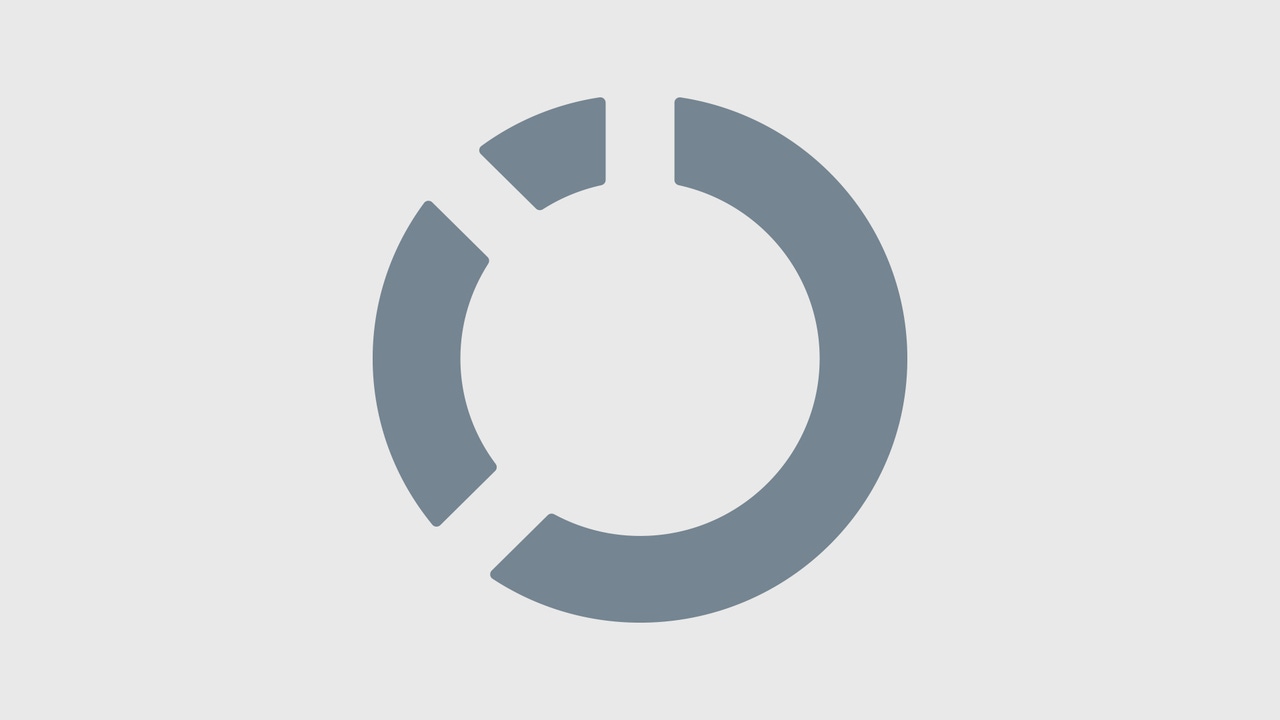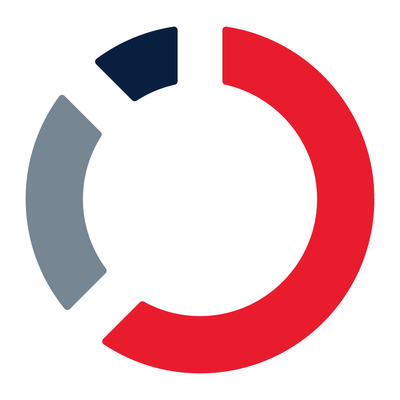Biotechnology & Pharmaceuticals:<BR>Drug Projects Drive Industry Successes
Companies retire legacy systems and share data to shorten drugs' time to market

Reducing cycle time also helps drugmakers reap revenue in the long term. Pharmaceutical companies receive patents for their products when a drug molecule is first discovered, not when the drug hits the market, Dunbar says. Any time shaved off that cycle saves lives, not to mention money. Every year that Lilly can eliminate from the process is worth about $3 billion and brings his company that much closer to achieving a return on its investment, Dunbar says. "The faster a drug company can get a product to market, the longer the company can keep the patent."
As Lilly taps IT to speed the development of new drugs that it hopes will someday supplement reduced sales of Prozac, Abbott Laboratories, which had $16.9 billion in revenue last year, is using technology to make the most of its latest acquisition. One of Abbott's largest IT challenges over the past year has been integrating the systems from Knoll Pharmaceutical Co., which Abbott acquired from German chemical maker BASF for $7 billion last year. Abbott's goal is to add Knoll's drugs for treating pain, heart disease, cancer, autoimmune diseases, and nervous-system dysfunctions to Abbott's own medications for the treatment of HIV, diabetes, and respiratory infection.
For VP of IT Karen Miller, the Knoll acquisition also meant adding about 2,000 employees. This involved incorporating users whose identities and access must be secured and managed, a task made even more challenging because Knoll's employee data had to be disentangled from BASF's highly centralized IT infrastructure. "It's been more than a year since the acquisition, and it'll be several more years before the companies are completely integrated," Miller says.
While the companies' Lotus Notes E-mail applications have been integrated, Abbott is still working to merge with Knoll's software that uses the computer to discover different chemical compounds and to simulate how those compounds interact. "This eliminates unnecessary guessing," Miller says. "Discovering compounds is like finding the right needle in a haystack."
Abbott also plans to use Knoll's experience with and knowledge of SAP applications to plan its own migration to SAP on the back end. In June, Abbott finished rolling out an SAP order-management system, and it's considering a move to SAP human-resources software.
As it continues to adopt SAP, Abbott must retire some of the legacy systems that handle processes such as order management, inventory control, and general-ledger accounting. The newer technology is expected to let Abbott better organize information about its inventories and supply-chain relationships, both of which will help the company comply with the FDA's 21 CFR Part 11 standard. The technology also will help Abbott comply with the Health Insurance Portability and Accountability Act, a set of guidelines governing the privacy, security, and exchange of patient information published by the Department of Health and Human Services in 1996. The guidelines cover where the data is stored, where it goes, and who has access to it. Miller's plan is to use SAP to better organize and integrate data throughout the company.
As with all drugmakers, Abbott is grappling with technology that meets government standards and ultimately creates cost savings. It's an ongoing challenge, Miller says. "We want to move more resources to research and IT, but I can't remember a year in my 20 years here where projects haven't been pushed off."
About the Author
You May Also Like






